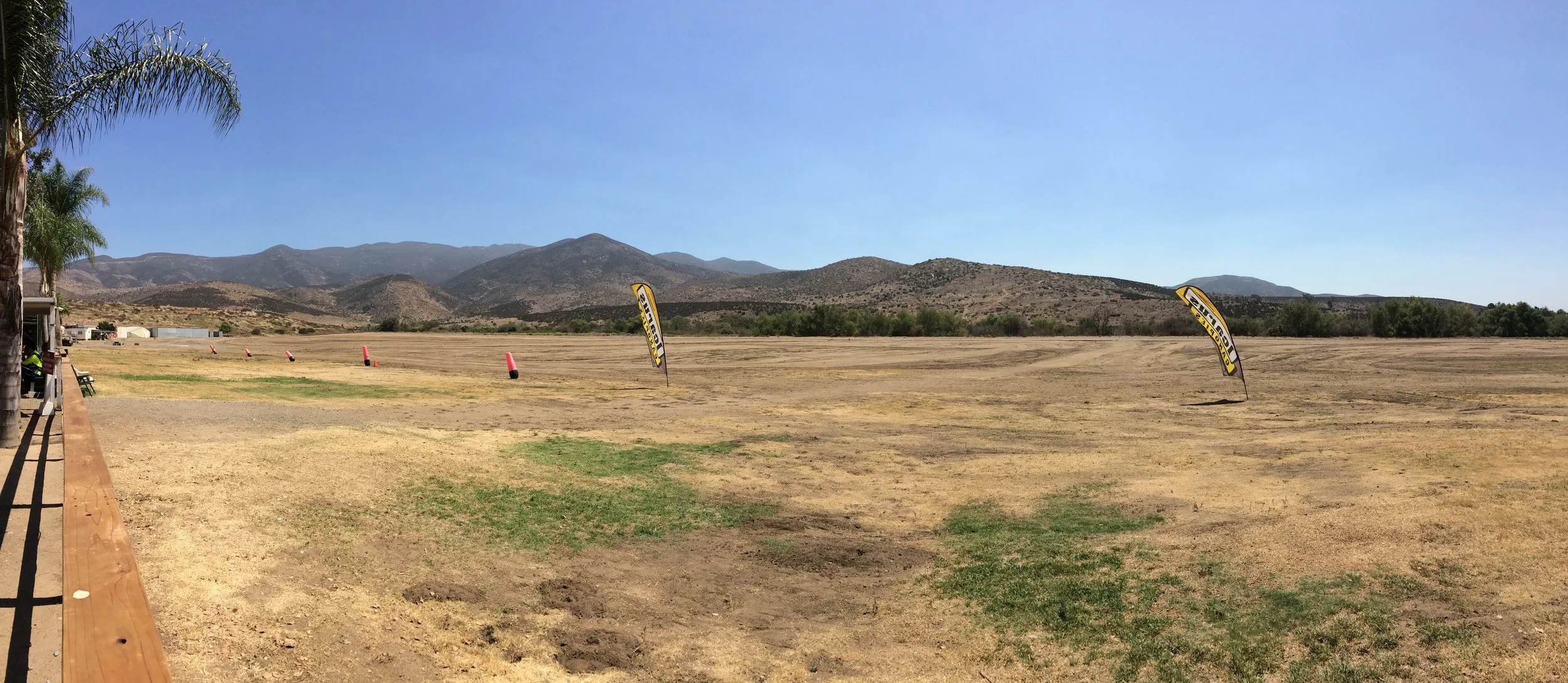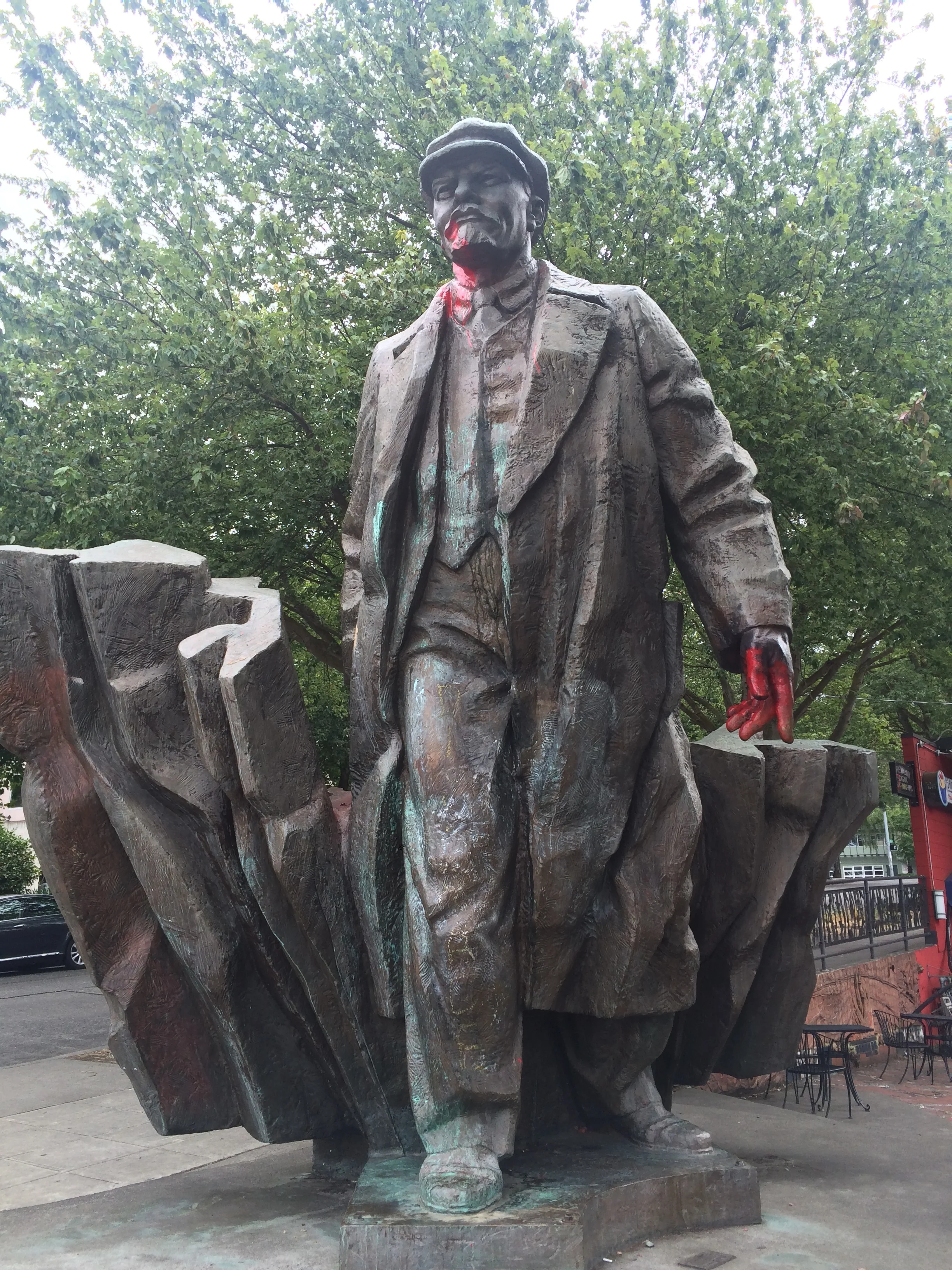Olympic National Park is one of the National Park system’s crown jewels, and to many people, may be the brightest jewel in the crown. Because of its beauty, in the last ten to fifteen years, the park has seen increased traffic and visitation in many areas. Even though Olympic has gradually become more popular, like the National Park system as a whole, it still has large areas of wilderness in which adventurous travelers can experience silence and solitude. One of these areas is the Staircase region of the park, which is located in the southeast corner of Olympic National Park. The Staircase region was named by Lt. Joseph P. O’Neil during his 1890 expedition to explore the southern Olympic Mountains because of the enormous cedar staircase that he and his men constructed up and over a rock bluff, which was ultimately known as the “Devil’s Staircase”. While the enormous cedar staircase is now gone, what remains is the serene silence of old growth Douglas fir forests. One of the best and most accessible ways to experience the Staircase region is along the Shady Lane trail.
Road Trip Guide to Death Valley
On the Eastern border of California, and near the Western border of Nevada, is an area that is full of mystery, wilderness, and desert solitude. This area is Death Valley National Park. The name alone “Death Valley” transcends time and space, and for hundreds of years has been a beacon to prospectors, explorers, adventurers, and today, casual visitors. While Death Valley is, as its name suggests – a fundamentally hostile environment, with temperatures regularly soaring over 100 degrees from April through October, it is more than a flat wasteland. In reality, Death Valley is one of the most geologically diverse environments on the planet, where the remains of glacial Lake Manly are laid bare, and the effects of active volcanism and erosion are easily visible. Within the confines of Death Valley, one can find tall, uplifted mountains, year-round waterfalls, volcanic craters, sand dunes, eroded canyons, and the lowest spot in North America.
Gear List: Backpacking Basics
Backpacking! Unlike hiking, or trail running, backpacking is something that carries a bit of mystique - and a bit of fear for the casual adventurer. While there are many reasons for those - and other feelings, the main reason is that until one learns what to bring - and not to bring, the sport can seem a little daunting. In my opinion, backpacking is a great way to experience all of the unique spots around the world. I also think that, generally, once one gets a little experience in the sport it gets progressively easier and progressively more enjoyable. In this video I cover what gear I carried for a basic two-day trip up the North Fork of Big Pine Creek in the Eastern Sierra. While the gear in the video is somewhat specifically tailored for the trip, it would also be great example for other two day trips, like the one I discussed a few years ago to May Lake. Got any suggestions or comments about what you like or dislike about backpacking? Let me know in the comments below!
Review: Skydive San Diego
Skydiving. Unlike many outdoor activities, skydiving is something that everyone has an opinion on, whether they have experienced it, considered it, or ruled it out as something that will never occur in this lifetime. Also, unlike many outdoor activities, skydiving is an “extreme” sport, and something that has a higher barrier to entry than many outdoor activities. One of the main costs that impacts the sport is that unless one happens to be USPA Certified, one must take their first jump with an instructor in a tandem rig. It is also worth noting that in 2016, with the advent of base jumping, wingsuits, bungee jumping and other newer extreme sports, skydiving is not perceived as “extreme” as it was twenty years ago. But, for the casual adventure-seeker, or for someone who has never participated in an “extreme” activity, it is something that still provides a huge rush of adrenaline. Even though I had participated in many “extreme” or “adventure” activities over the years, skydiving for me was something that was always off on the horizon – meaning that while it was something that I wanted to do, it wasn’t something I was going to do right away. However, a couple of weeks ago, I decided that it was time to make my future plans presentplans, and took my first jump.
Fremont Lenin Statue
For many people, the terms "Lenin" and "Communism" evoke dark memories of the Cold War, and the potential for mutually assured nuclear destruction. For other people, however, the remnants of the former Soviet Union are noteworthy for their cultural significance in the world's larger historic picture. Irrespective of how one feels about the former Soviet Union, its art, propaganda, and iconography, one can view some of it with ease in Seattle in the form of a giant, sixteen ton iron statue of Lenin which now sits on Fremont street corner. Originally designed and constructed in 1988 by Emil Venkov, it was later consigned to a trashheap (literally) after the Berlin Wall fell and the Cold War ended. Slightly before it was scheduled to be melted down, a Seattle resident, Lewis Carpenter found it, and felt that it should be preserved. For $41,000.00 Carpenter was able to purchase the statue, and move it to Fremont, where it has resided since, despite mixed feelings about its presence. Since Carpenter's passing in 1994, the statue has been for sale on numerous occasions, however, as of the present date, no party has stepped forward to make an artistic purchase of this magnitude.
Question and Answer with Ueli Steck
Whether one is a casual mountaineer or climber, or a veteran outdoor enthusiast, chances are you’ve heard of Ueli Steck, or as he is generally known, “the Swiss Machine”. With two Piolet d’Or Awards, innumerable fastest known ascent times, and the recent accolade from National Geographic in 2015 as one of their “Adventurers of the Year”, Ueli Steck has a list of honors and accomplishments that most people can only dream of. Recently, in an interval between climbing trips, Ueli was touring the United States in connection with the American Alpine Club’s 2016 National Athlete Tour. During the tour’s stop in San Diego, I was fortunate to sit down for a few minutes with Ueli during his day and quickly learned that being a professional alpinist calls for busy days both in the backcountry and in urban settings. Prior to chatting with me, Ueli had arrived in San Diego late the prior night before from his previous tour destination, and had spent the day climbing, getting his hair cut, eating tacos at San Diego’s well-known Lucha Libre, and of course preparing for his nightly presentation and the next stop on the tour. Despite his hectic schedule, we were able to have a relaxed conversation about mountaineering and travel, and where he sees the sport going over the next couple of years.
Hiking the Trails of Arenal 1968
While all of Costa Rica is stunning, one of the more popular regions in the country is the Arenal/La Fortuna Region. With a nearby lake, a national park, and many adventure opportunities the area truly has something for just about every adventure traveler. Without a question, however, the high point of the area is Arenal Volcano, both literally and figuratively. Although the volcano has not been active since 2010, and climbers and hikers are not allowed on its slopes, it is a must-see location in the area. One of the best locations with unobstructed views of the volcano is also one of the area’s historic sites, the trails at Arenal 1968.








